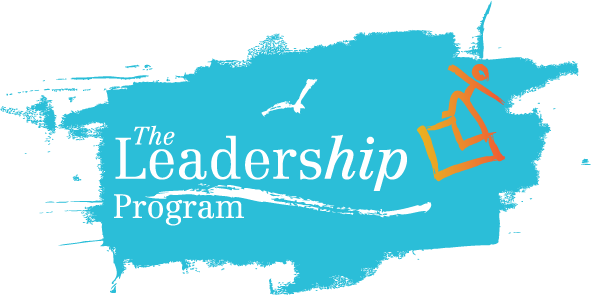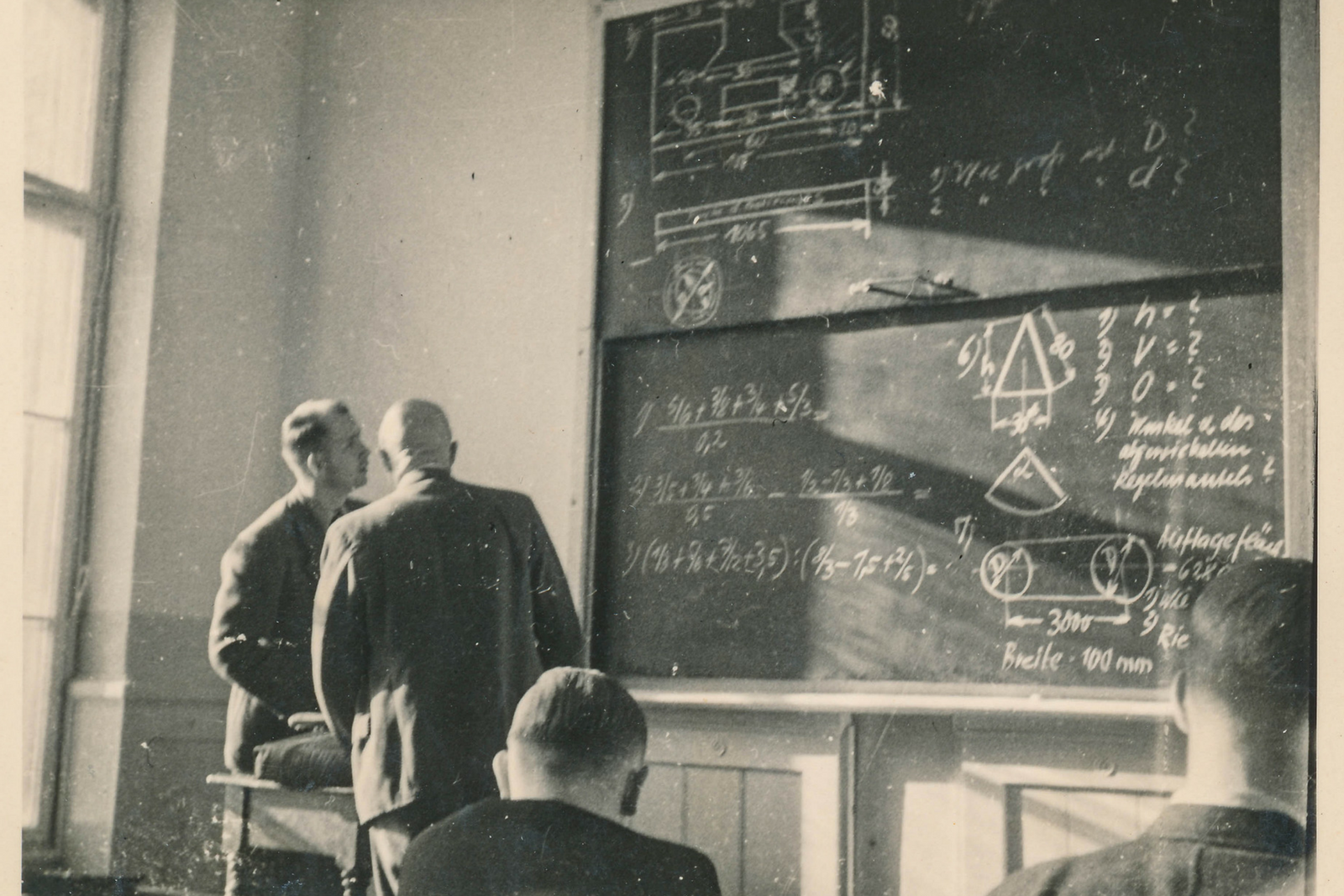Empowering Upstanders: Our Bullying Prevention Theoretical Rationale
Youth Development
Photo Credit: Students study an equation on a chalk board "Hans Schule, 1939", simpleinsomnia, https://www.flickr.com/photos/simpleinsomnia/
The Empowering Upstanders curriculum is designed to address the unique positions held by “bystanders” to bullying situations and the types of decision-making that adolescents can engage in within these scenarios. In particular, it targets the sector of bystanders that are often categorized as “followers” or “outsiders” to bullying. The curriculum clarifies the definition of bullying, through both Olweus ‘s (1993) and the Centers for Disease Control and Prevention’s definitions and teaches implementable skills that participants can utilize in confronting bullying effectively. The Empowering Upstanders curriculum aims to empower youth in these scenarios to engage with bullying in a positive and responsible manner. Through this methodology, the curriculum seeks to support the transformation of youth from mere bystanders to “Upstanding” members of their communities.
Research on bullying has largely focused on the roles of the victims and victimizers. Current studies demonstrate that bystanders have the capacity to play a number of key roles other than bullies and victims (Camodeca & Goossens, 2005; Goossens, Olthof & Dekker, 2006; Salmivalli, Huttunen, & Lagerspetz, 1997; Salmivalli, Lagerspetz, Björkqvist, Österman, & Kaukiainen, 1996). Among these, bystanders can be categorized as “followers,” those who play supportive roles to the bullies, “defenders,” those who defend the victims, and “outsiders,” who neither assist the victim nor bully (Salmivalli et al. 1996). The current, though limited, research available on the role of witnesses and defenders in these situations demonstrates the importance of empathy among bystanders, in defending victims of bullying. Research from Pepler and Craig (1995) has indicated that bystanders are present in at least 85% of bullying episodes. This number has been observed in subsequent studies, as well (Atlas & Pepler, 1998; Craig & Pepler, 1997; Hawkins, Pepler & Craig, 2001), however, it has also been found that bystanders intervene less than 20% of these incidents (Atlas & Pepler, 1998; Hawkins et al. 2001).
These studies have also highlighted a number of factors that mediate the types of roles that bystanders play. Among these factors, defending behavior has been associated with empathy, high sense of responsibility, perceived expectations to assist the victim, self-efficacy, sense of social justice, sense of morality, perceived expectations of peers, and coping abilities (Bellmore, Ma, You & Hughes, 2012; Cappadocia, Peplar, Cummings, & Craig, 2012; Howard, Landau & Pryor, 2014; Obermann, 2011; Oh & Hazler, 2009; Pozzoli, Ang & Gini, 2012; Pozzoli & Gini, 2010; Pozzoli, Gini & Vieno, 2012; Thornberg, Tenebaum, Varjas, Meyers, Jungert, & Vanegas, 2012).
In concurrence with this body of literature, the Empowering Upstanders curriculum links the building of socio-emotional skills to “Upstanding” or defender skills that fuel the capacity of youth to 1) empathize with victims and/or potential victims of bullying , 2) be resilient in situations of bullying confrontations, and 3) execute actions that respond to bullying productively and nonviolently. This approach equips students with key tools, such as, self-efficacy, conflict mediation strategies, and sense of school connectedness to provide youth and adolescent with concrete strategies when confronted with such scenarios. The curriculum covers topics of identifying positive/negative behaviors, communication, development of norms, defining and relating community roles, identification of Upstanding behaviors, and effects of emotions upon decision-making. Through discussion, role play, the development of individual action plans, and the culminating project of a school-wide Upstanders campaign, students are able to acquire the socio-emotional tools along with tangible strategies that strengthen their capacities to engage in defender behaviors and tactics.
Through this approach, participants improve their conflict mediation, problem solving, and active engagement skills, which are positively associated with self-efficacy (Barchia & Bussey, 2011; Pöyhönen, Juvonen, & Salmivalli, 2012). The development of moral engagement has been positively associated with defender or “Upstanding” behavior (Gini, 2006, Menesini, Sanchez, Fonzi, Ortega, Costabile, Feudo, 2003; Pozzoli, Ang & Gini, 2012). Empowering Upstanders incorporates the usage of of personal action plans and a school campaign, which give students an outlet through which they are able to enact the lessons of Empowering Upstanders into concrete outcomes that promote their participation in positive decision-making and sense of responsibility for their school environment and fellow peers.
Given that recent research has found that witnesses to bullying can be affected in ways that are similar to the victim (Janson & Hazler, 2004; Janson, Carney, Hazler, Oh, 2009; Boney-McCoy & Finkelhor, 1995), the demand for combatting bullying for this specific group has become all the more vital. The Empowering Upstanders curriculum provides an ideal medium through which witnesses can be included in a thoughtful and deliberate discussion on bullying, creating opportunities for transforming the school environment, fostering socio-emotional learning among participants, and the growth of actionable skill sets against bullying.




Comments [0]
Click here to read/write comments